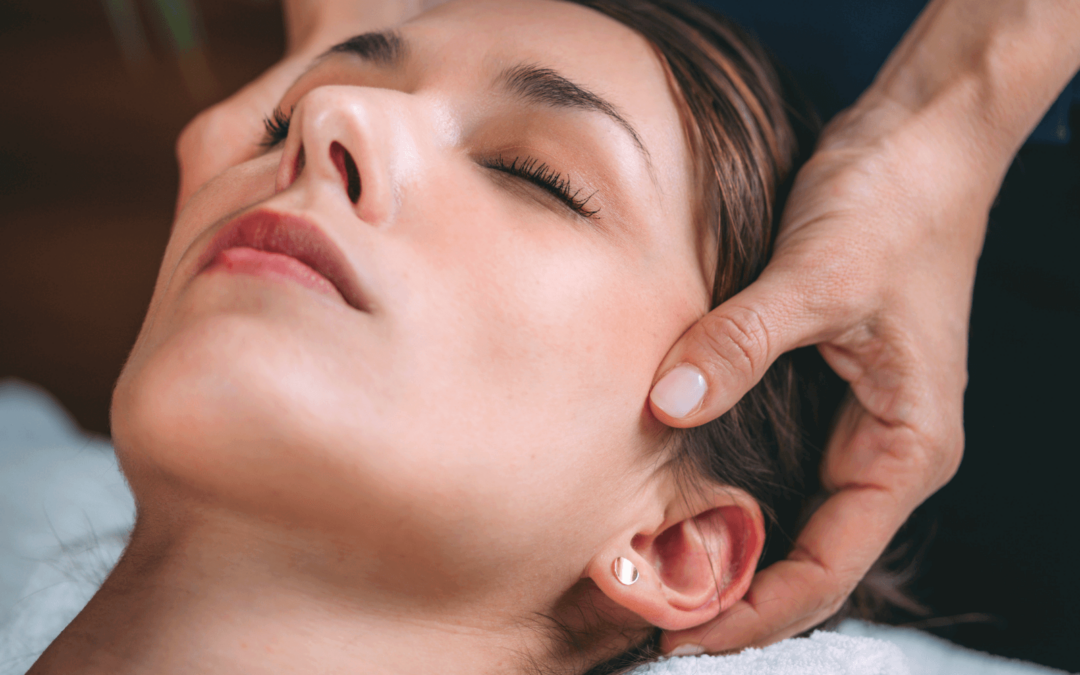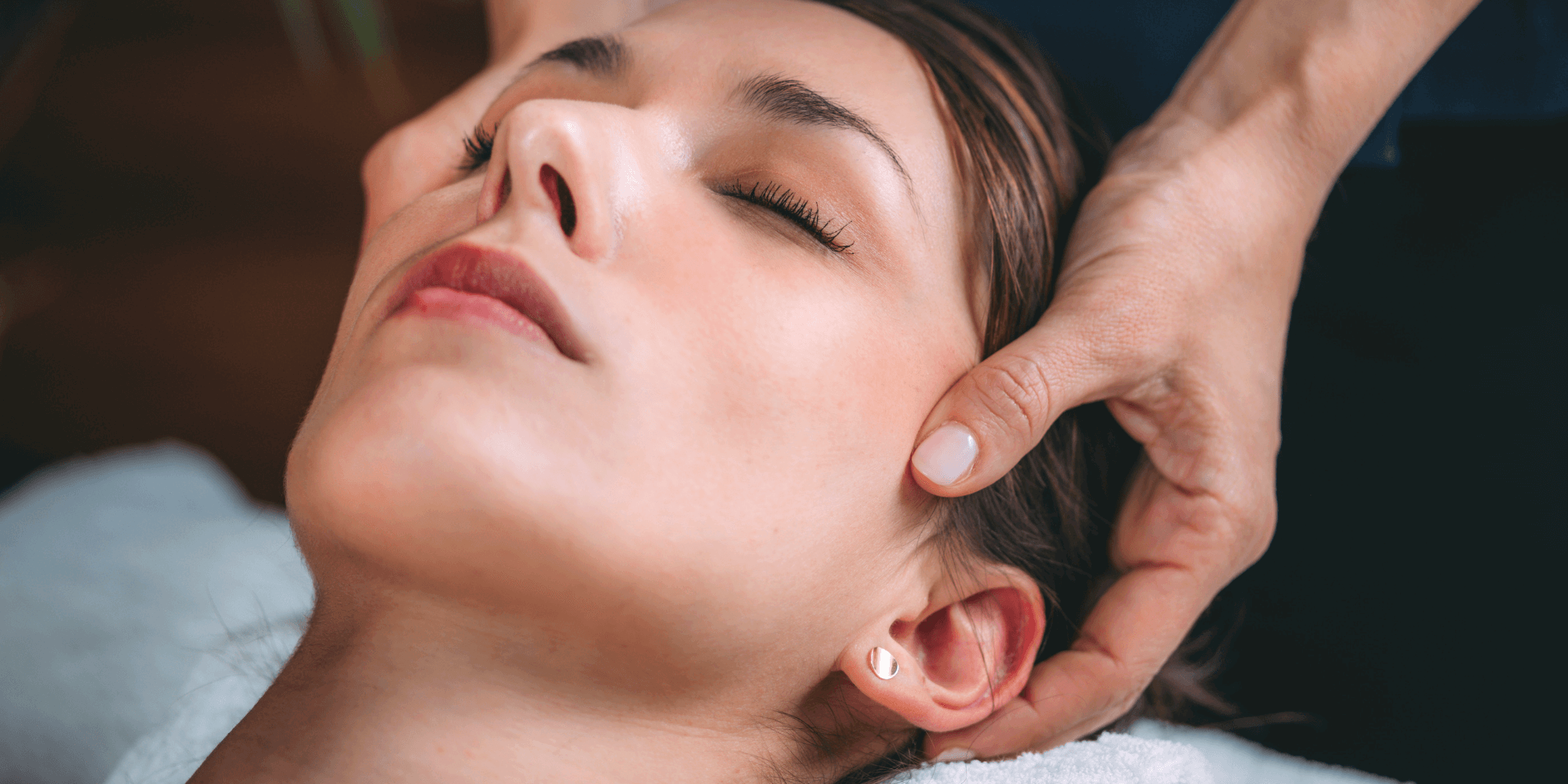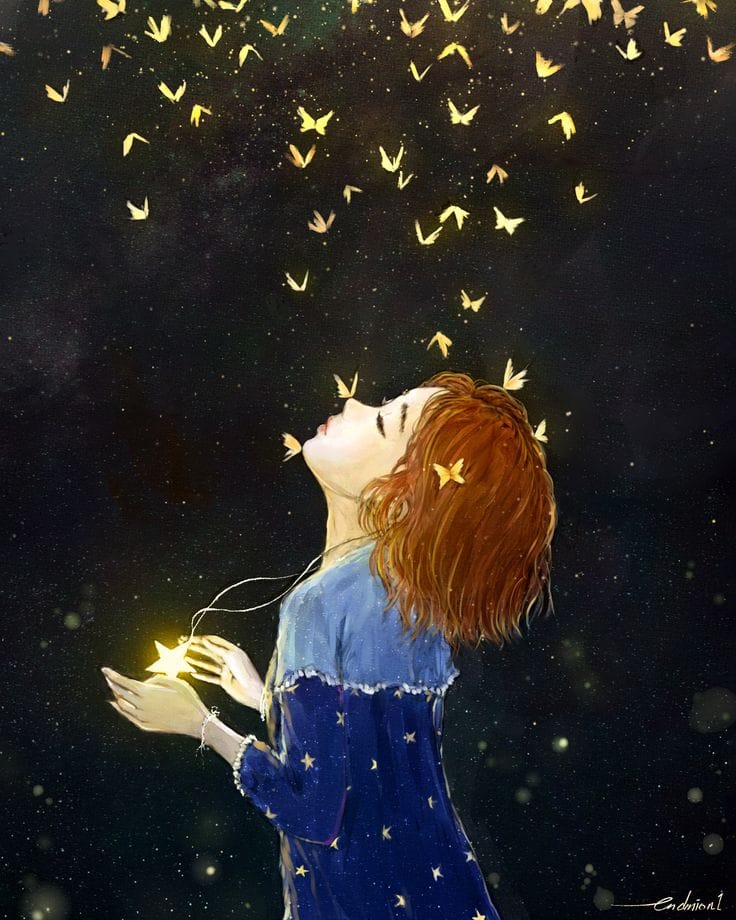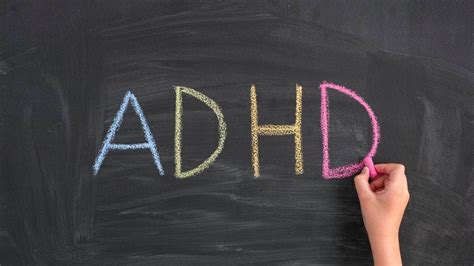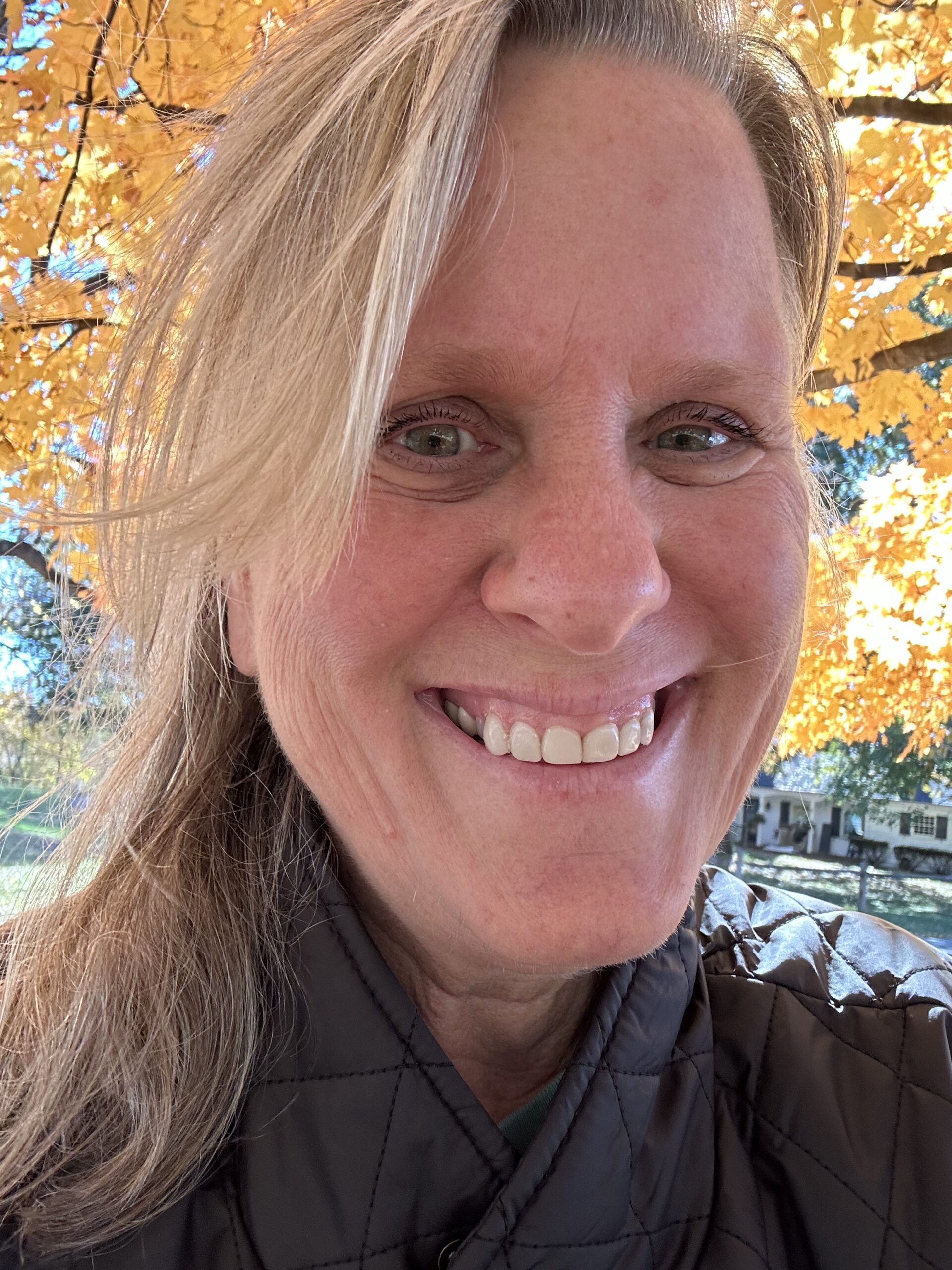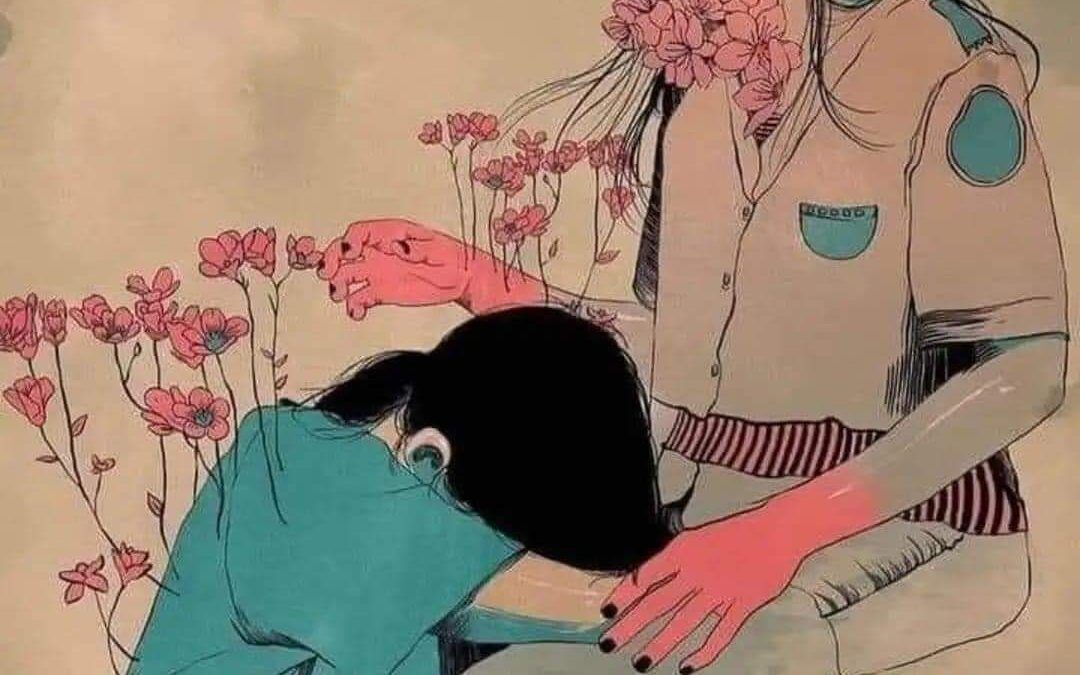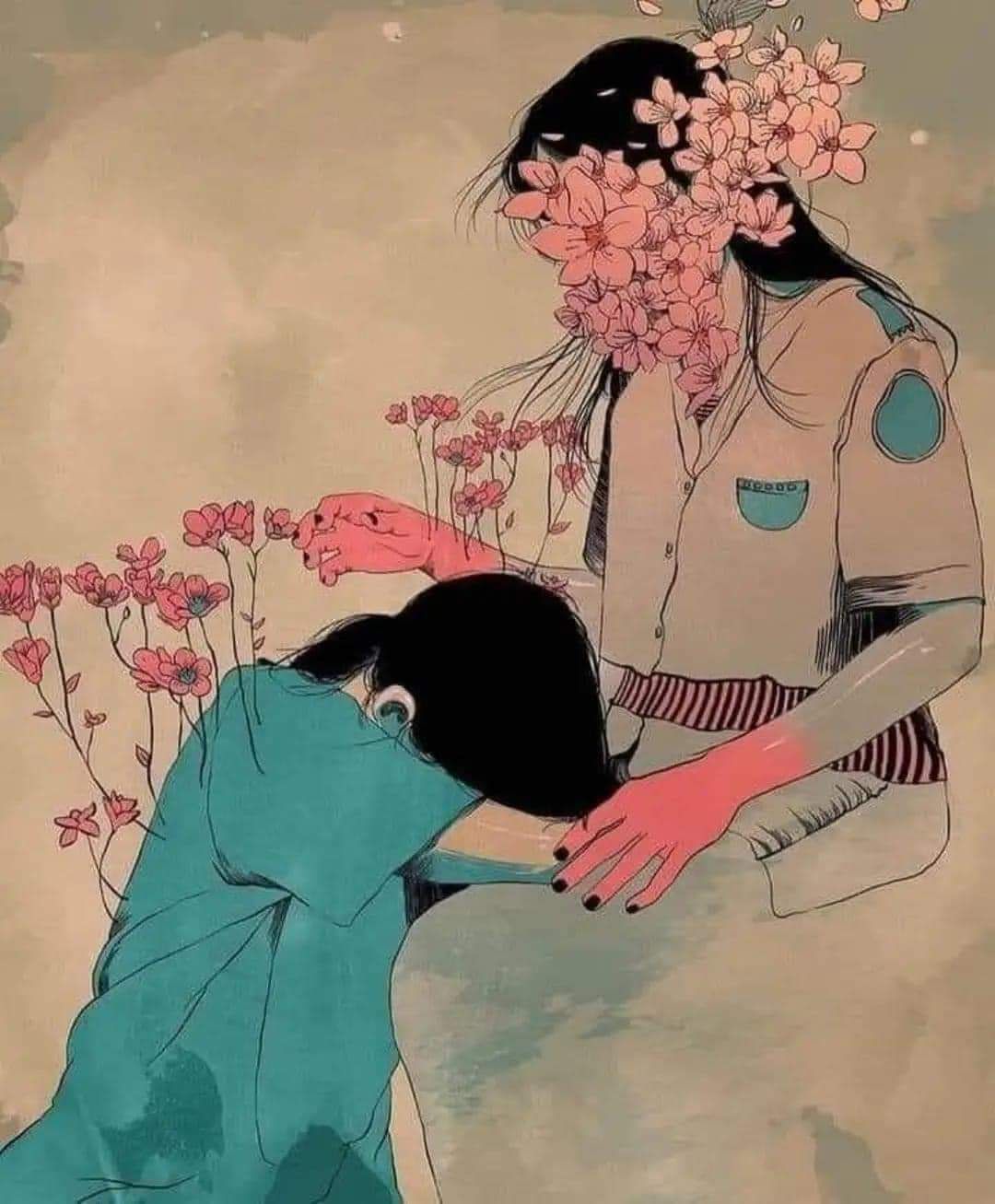You are Not Your Trauma
How Craniosacral Therapy can Help You Release Your Trauma to Find Inner Peace…
Craniosacral Therapy (CST) can be particularly helpful for individuals who have experienced trauma, whether it is physical, emotional, or psychological. CST is a gentle, hands-on therapy that works with the body’s craniosacral system—comprising the brain, spinal cord, and the surrounding cerebrospinal fluid. The idea behind CST is that by applying subtle pressure, perhaps a nudge, to the craniosacral system, the therapist can help release tension, balance the flow of cerebrospinal fluid, and encourage the body’s own natural healing processes.
Here’s how CST may assist in trauma recovery:
1. Release of Stored Trauma
Trauma can manifest not only in the mind but also in the body. The body has a natural way of storing emotional and physical stress, and often, unresolved trauma can become “trapped” in tissues, fascia, and muscles. CST encourages the release of these stored tensions. The gentle listening and touch help to bring awareness to areas where trauma might be held, allowing the body to release these patterns in a safe and non-invasive way.
2. Regulation of the Nervous System
Trauma often leads to dysregulation of the autonomic nervous system (ANS), resulting in a state of hyperarousal (fight or flight) or hypoarousal (freeze or dissociation). CST can help regulate the nervous system by activating the parasympathetic nervous system (rest and digest), promoting a sense of calm and safety. This is crucial in trauma recovery, as it helps to shift the body out of a chronic stress response and back into a more balanced state.
3. Reducing Muscle Tension and Physical Pain
Many trauma survivors experience chronic pain or muscle tension as a result of the body’s protective response to trauma. CST can help release deep muscle tension and reduce physical discomfort. For people who have had physical trauma (such as accidents, injuries, or surgery), CST can also promote healing and alleviate pain associated with these injuries by improving circulation and reducing inflammation.
4. Improved Somatic Awareness
Trauma often leads to disconnection from one’s body, as individuals may dissociate or shut down in response to overwhelming experiences. CST encourages a reconnection with the body by increasing somatic awareness (the awareness of physical sensations). This process can be empowering, as it allows individuals to gently explore and process their experiences, fostering a sense of safety in their own bodies.
5. Promoting Emotional Healing
Trauma is not only stored in the body but also in the emotions. The gentle touch of CST may help to release emotional blockages that are tied to traumatic experiences. As the body relaxes and tension is released, clients often report emotional shifts, such as feelings of relief, lightness, or even the ability to access and express previously repressed emotions.
6. Trauma-Informed Approach
CST practitioners are trained to create a safe, supportive environment for trauma survivors. The non-invasive nature of CST and the respect for the client’s pace can make it an ideal therapy for those who may feel overwhelmed or unsafe with more traditional forms of bodywork or therapy. Practitioners are trained to be sensitive to the subtle cues of the body and ensure that any work done is within the client’s comfort zone.
7. Healing from Early Childhood Trauma
Craniosacral Therapy is also effective for individuals who have experienced early childhood trauma, including birth trauma. The craniosacral system plays a critical role in the early stages of development, and CST can help address any disruptions that may have occurred during birth or early childhood. This is particularly important as early trauma can affect neurological development and attachment patterns, and CST can support the healing of these early wounds.
8. Support for Dissociation
Dissociation is a common response to trauma, where an individual feels disconnected from themselves or their surroundings. CST can help with reintegration by gently guiding the body back into a state of balance and grounding. The physical touch can help bring attention back to the present moment and provide a sense of containment and stability.
9. Facilitates Deep Relaxation
CST induces a deeply relaxing state, which can be very beneficial for trauma survivors who experience hypervigilance or constant anxiety. By promoting relaxation and reducing the intensity of the body’s stress response, CST can help break the cycle of chronic stress that trauma survivors often experience.
10. Support for Complex PTSD
For individuals dealing with complex PTSD (C-PTSD), which may arise from prolonged or repeated trauma, CST can provide ongoing support. The gentle nature of CST allows individuals to slowly process trauma at their own pace, without the need for verbal confrontation of traumatic memories, which can sometimes be overwhelming.
Conclusion
Craniosacral Therapy provides a holistic, body-based approach that helps trauma survivors address the physical and emotional aspects of their healing journey. By promoting relaxation, releasing tension, balancing the nervous system, and encouraging somatic awareness, CST can be a powerful tool in trauma recovery, especially when combined with other therapeutic modalities like talk therapy or somatic therapies. It offers a gentle, non-invasive option for individuals looking to heal from the effects of trauma and reclaim a sense of safety and well-being in their bodies.
As always, it’s important for individuals to consult with trained professionals, as each person’s experience with trauma and healing is unique.
For more information about how Craniosacral Therapy can work for you,
Sharon Hartnett Craniosacral Therapist Columbus
614 653-8111
Serving the Columbus, Ohio Area
For information, go to my main page.
